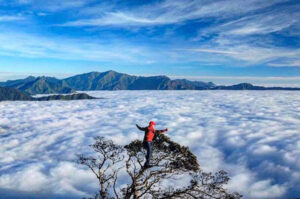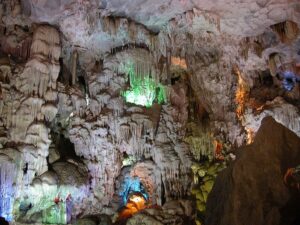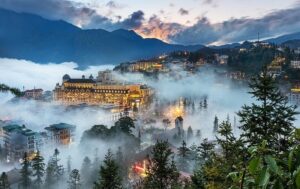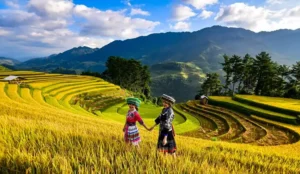Son La
With the advantage of its mountainous terrain, Son La boasts significant strengths in agriculture, but recently, it has increasingly drawn attention due to its tourism potential. Thanks to abundant and diverse tourism resources, pristine natural landscapes largely untouched by human activity, Son La has attracted considerable interest from both domestic and international tourists in recent years.

Located in Vietnam’s Northwest region, Son La is approximately 320 kilometers from Hanoi via National Highway 6. To the north, Son La borders Yen Bai, Lai Chau, and Dien Bien provinces; to the east, Phu Tho and Hoa Binh provinces; to the south, Thanh Hoa province and neighboring Laos; and to the west, Dien Bien province and a Laotian province.
Throughout history, Son La has undergone several name changes. During the Hung Kings era, it belonged to the Tan Hung region; during the Ly dynasty, it was part of Chau Lam Tay; and under the Tran dynasty, it belonged to Da Giang region. In 1904, it officially became Son La Province, as it remains today.
Mother Nature has generously endowed Son La with favorable conditions in terms of weather, climate, and fertile land. The region has Vietnam’s typical tropical monsoon climate characterized by cold, dry winters and hot, humid summers with abundant rainfall, displaying continental characteristics influenced by terrain. Generally, the weather is quite cool, with an average annual temperature of about 24°C, peaking around 28°C.
Covering an area of 14,055 square kilometers, Son La is home to numerous ethnic minority groups. According to provincial statistics, at least 12 ethnic groups coexist here, with the Thái people comprising the largest group (54.7%), followed by the Kinh, Hmong, Muong, and others. Each ethnic group’s unique cultural characteristics and customs have contributed significantly to the province’s cultural diversity.
With majestic natural landscapes, diverse ecosystems, numerous historical sites, and scenic attractions, Son La possesses all the key elements necessary for tourism development.
Top 6 Most Famous Tourist Destinations in Son La
1. Moc Chau Plateau
Moc Chau is a blessed land, characterized by simple and rustic beauty, representing the unique charm of the Northwestern mountain region. It is considered the most attractive destination in the province, offering stunning scenery and beautiful photo spots. Moc Chau is a place you can visit any time of year, as each season brings its own charm. However, the peak tourist season is usually from late winter to early spring.

From March to April, Moc Chau is immersed in the beautiful sight of ban flowers, which bloom across the hillsides, filling the air with their delicate beauty. The sight is often likened to the gentle, reserved charm of the women from the Northwest, and has been immortalized in poetry, music, and art.
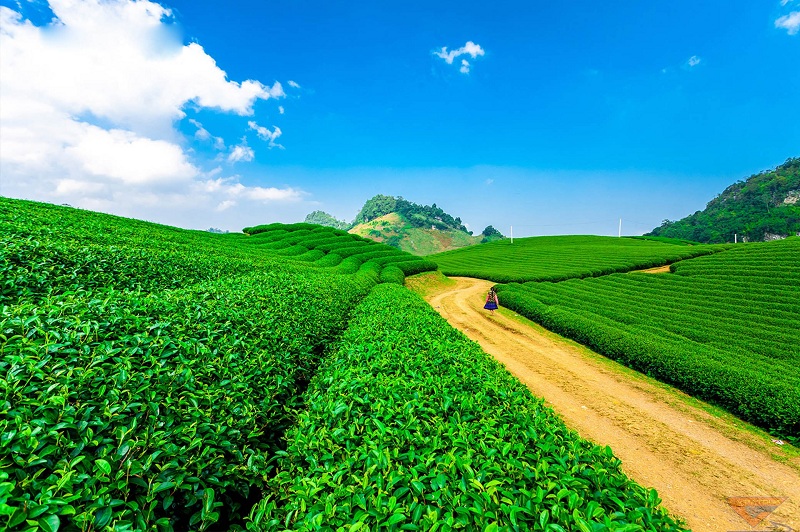
In June and July, Moc Chau is filled with the harvest of Meo peaches. August, though not a flowering season, still offers tranquility, with lush green tea hills shrouded in mist, making the region feel like a princess in her peaceful slumber. By August, visitors can hand-pick avocados and persimmons.
In addition to seasonal tourist attractions, Moc Chau also offers year-round sites such as the lush green tea hills, the historic Hang Doi cave, the Tay Tien army memorial, the Pha Luong peak, the Ngu Dong Ban On, the Ban Ang pine forest, Dai Yem waterfall, Chieng Khoa waterfall, and the Moc Chau dairy farm.
2. The National Historical Site of Son La Prison
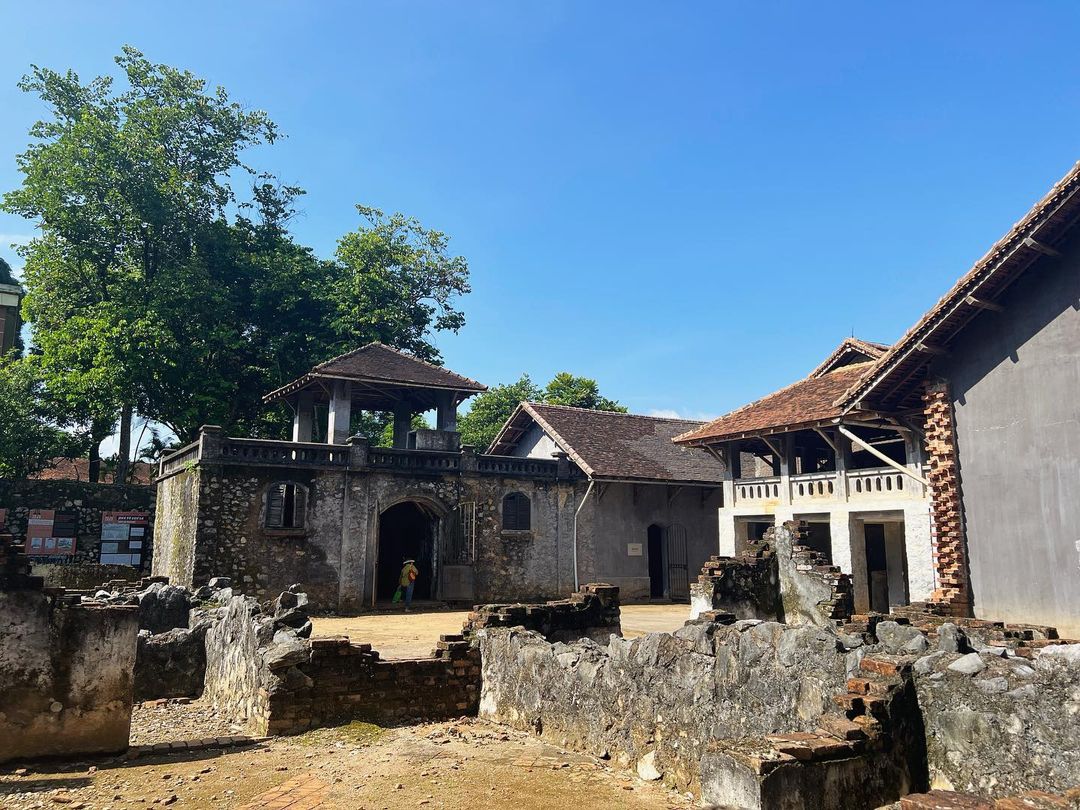
The Son La Prison, a national historical site, is also known as the “hell on earth” of the Northwest. Located in the heart of Son La city, on a hill called Khau Ca, the French colonialists built the prison in 1908 to imprison revolutionary activists from Vietnam. Unlike other prisons, the French did not rely heavily on force; instead, they used the harsh, inhospitable environment and the extreme weather conditions to break the spirits of the prisoners. In the freezing winter and scorching summer, diseases such as edema, typhoid, and malaria ravaged the prisoners, killing them slowly and painfully.
3. Son La Hydroelectric Reservoir
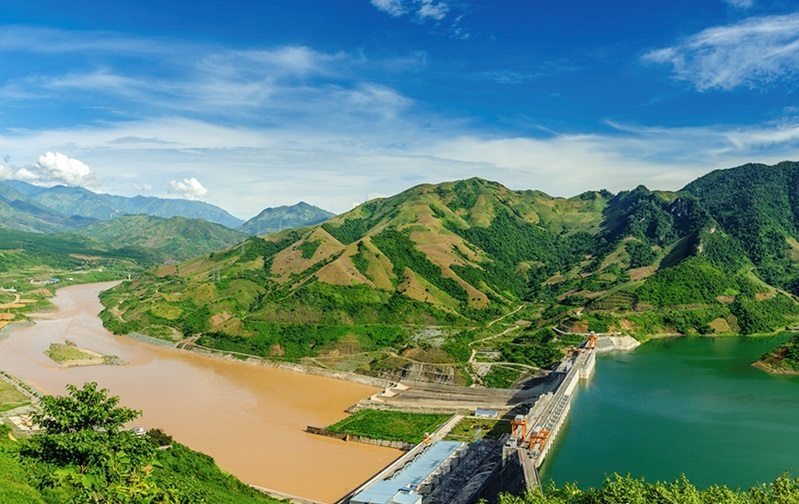
The Son La Hydroelectric Reservoir, located on the Da River, was started in 2005 and completed in 2012. Once constructed, it created a large reservoir spanning over 150 km with an area of approximately 16,000 hectares. This has opened up significant potential for the development of tourism around the reservoir. Many ethnic minority villages have started to develop tourism models, such as the Bon and Na Tau villages.
4. Ta Xua Cloud Hunting Paradise

Ta Xua is known as an ideal destination for cloud hunting. Located at an altitude of 1,500-1,800 meters above sea level, Ta Xua has a cool climate year-round. From January to March is the most suitable time to visit for cloud hunting.
5. The Legendary Co Noi Junction
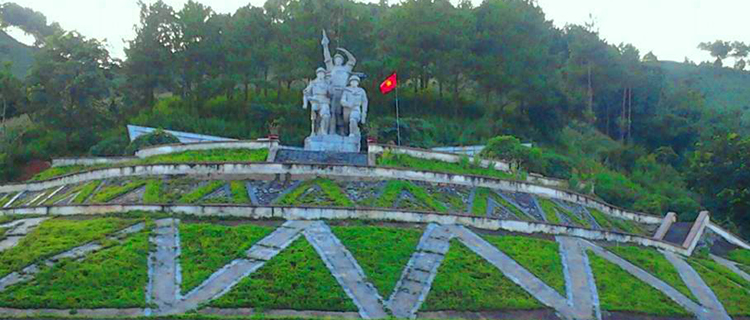
The Co Noi Junction is where National Road 37 and National Road 6 meet, located in Co Noi Commune, Mai Son District, Son La Province. Sixty years ago, this was a vital “throat” that the French desperately tried to control, aiming to cut off supply routes to the Dien Bien Phu battlefield.
6. Pha Din Pass

Pha Din Pass, one of the “Four Great Passes” of Vietnam, stretches over 32 km and is located on the border between Son La and Dien Bien provinces. Pha Din in the Thai language means “where the sky meets the earth,” symbolizing the intersection of the earth and heaven.
